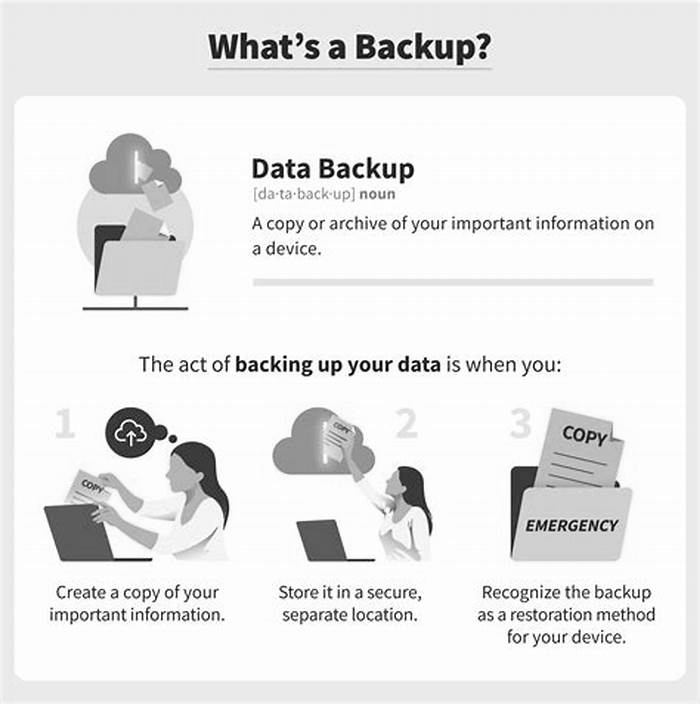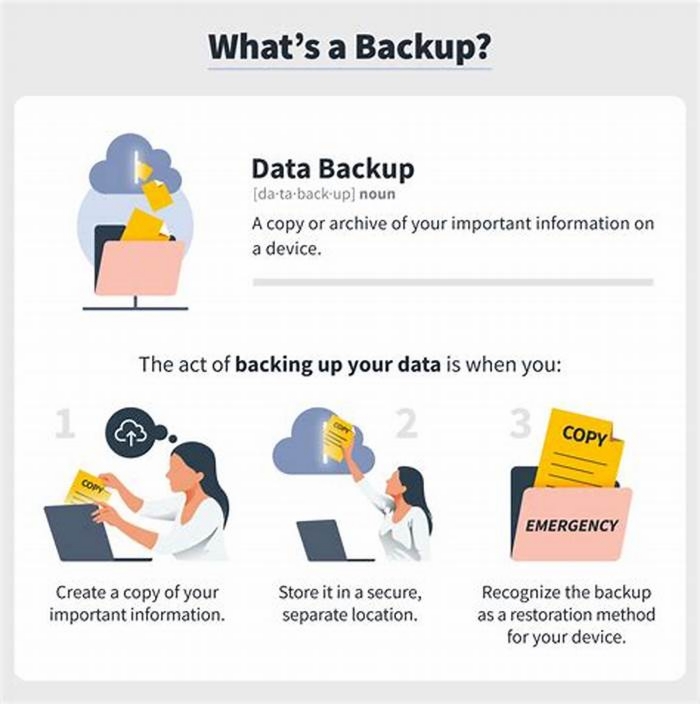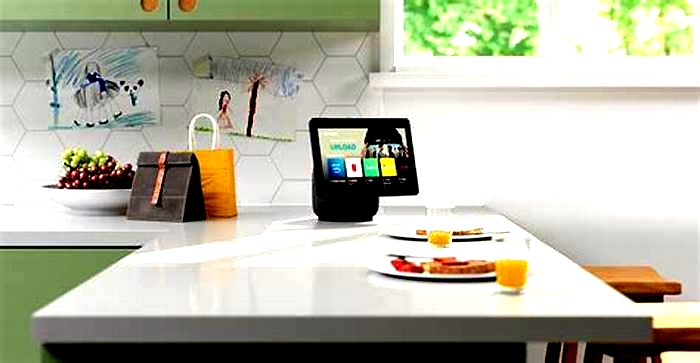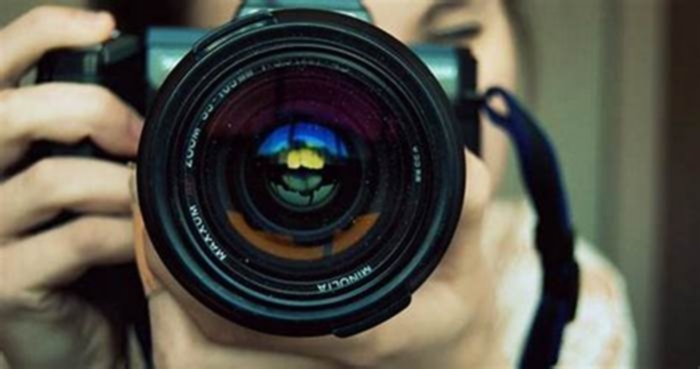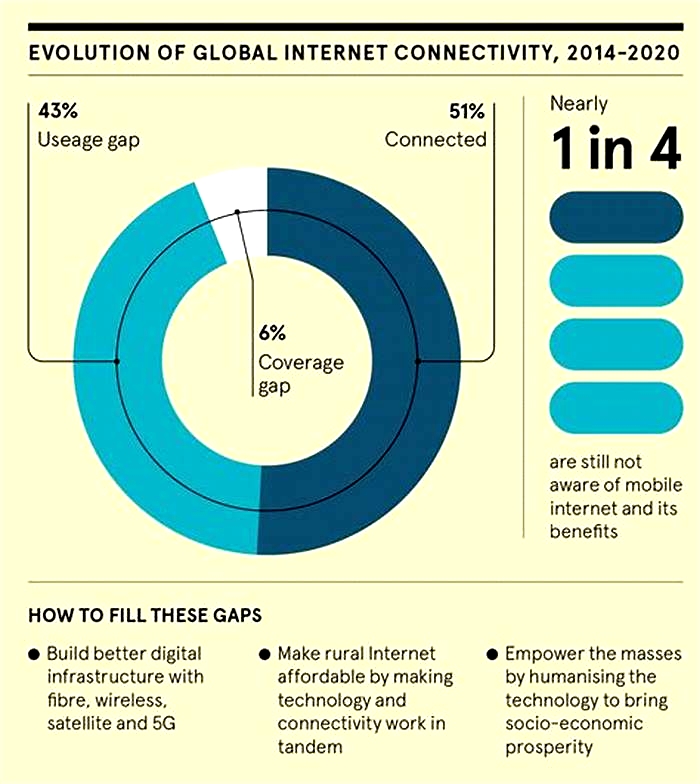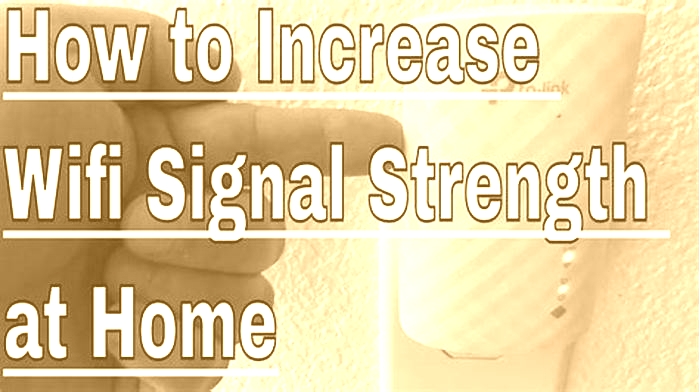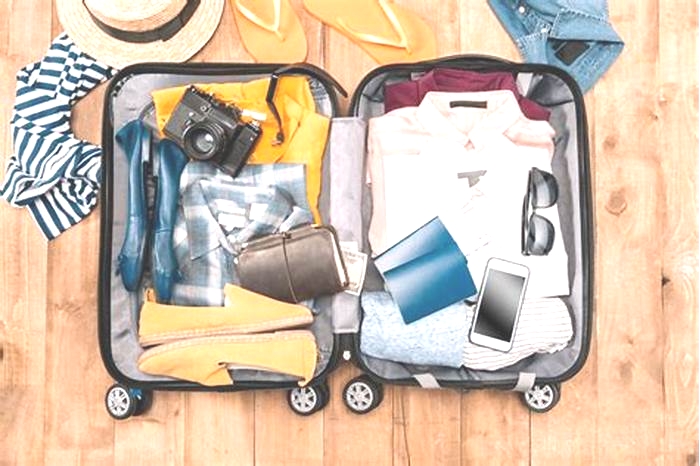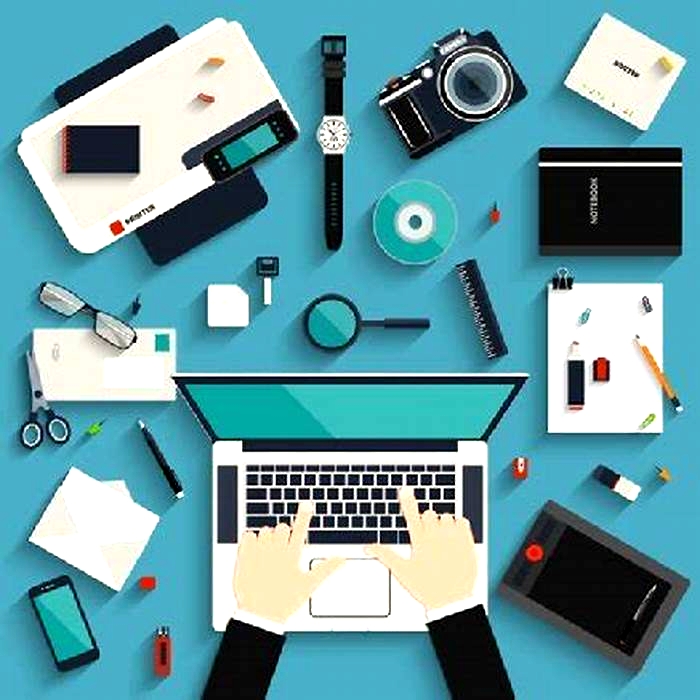Organize Your Digital Life Hacks for Managing Photos Videos and Documents width
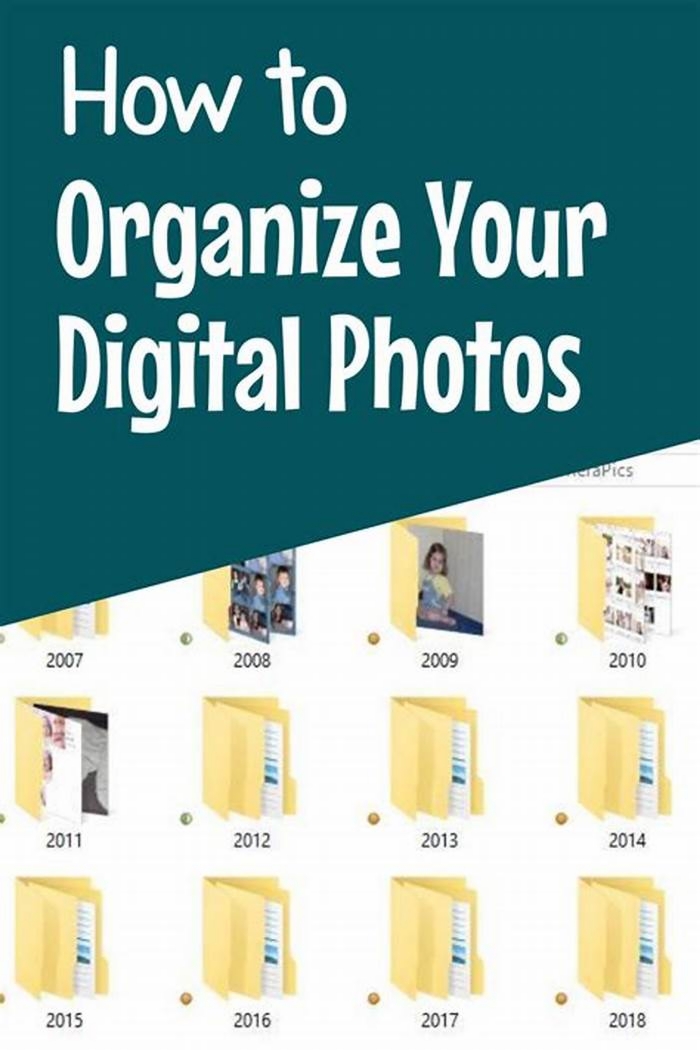
Best Ways to Organize Your Digital Information: The Only Guide You Need
Our digital life is slowly and surely becoming a critical part of our life in general. If before we had just a handful of tools to help us get by, nowadays, digital information is king. We store it, share it, access it, edit it, lose it, and everything else in between. In many aspects of our lives, we are becoming digital creatures. Since the pros and cons of that concept are not the subjects of this piece, we wont dive into that. Instead, I will discuss some ways in which we can improve the organization of our digital life, remove clutter, and use it to improve our effectiveness.Digital Information is Everywhere

The reality is that our technological ability to store vast amounts of data in smaller and smaller devices is growing exponentially. Just a mere twenty-five years ago, storing 1.44 Mb on a floppy disk was a big thing. And that device was prone to being demagnetized or physically damaged, and losing all its information.
Today, you can have a device the size of a lighter that can literally hold every piece of information youve ever produced or that has ever come your way since the day you were born.
Of course, the larger stores of digital data are not the size of your lighter and are not meant to be. When it comes to the cloud, which is basically an array of massive storage devices, size matters, but much more than that, the emphasis is on the safety of the information.
Not only should the data only be accessible by the people who have the right to access it, but it must also be redundant enough so that the information can be restored in the case of a disaster.
Its not that different from the way you work with physical documents, too. When you think about the most valuable objects in your home, you always have systems to protect them. You either have a fire-proof and water-proof vault or store them with a third-party facility with those kinds of features.
People face this problem more and more these days, as their digital footprint expands. The issue of multiple passwords is real. Should all your passwords be very complex and different to prevent someone from accessing everything if they find one of them? But then, how do you remember them all? Should you write them down? What if someone finds that piece of paper?
The questions around organizing and maintaining your digital life grow by the year as the clouds capabilities expand. I see this expansion not only continuing but accelerating. Soon there will be meta-data mapped to all of our physical existence, and we will store that meta-data somewhere, and do our best to control the access to it.
We already have a massive amount of data at our literal fingertips through our phones and other smart devices. I see this only exponentially growing, so being prepared for this digital revolution is critical.
In this article, I will explore a few best practices of organizing your digital life, including the tools to use, how I use them, and other tips and tricks that Ive come to learn from others or by hitting my head against the wall on many occasions.
What Is Digital Information?

For example, take your birth certificate. Its a paper with vital information about you. It can be scanned and then converted into searchable text through OCR (optical character recognition.)
How about a Ming Dynasty vase you inherited from your ancestors? Although you can take a picture of the vase and scan its certificate of authenticity, there is no known way for the time being to digitize the vase itself. Even if you scan the vase with a special machine that can reproduce it as a 3D hologram, you cannot take the physical vase and make it digital. You could store its 3D model and print it again later from a certain material, but that process cannot restore the original objects true authenticity.
So, thats an important distinction to understand.
The good news is that most of the high-volume data that comes into our lives are usually in paper form or already digital, such as an email.
In a previous article, I discussed how you could organize your life from a physical perspective and how to declutter your life in general. Many of the concepts in that article apply to your digital life as well, but here you have a vast advantage provided by the tools available to you.
As we will discuss shortly, some of these tools not only make your life easier; they actually act as an extension of your brain.
Now lets discuss the way that information comes to you and how you can digitize it.
1) Paper as Source of Digital Information

In my previous article, I advised that all incoming papers should be placed in a physical inbox and, depending on their arrival velocity, cleaned up regularly. This means separating them into piles as follows:
- Do something with them.
- Archive them
- Give them to someone else.
- Throw them away
From a digital perspective, this process of handling papers doesnt change. The only difference is that you no longer need to hold on to the papers on the processing day. Instead, you digitize them.
Now, there could be some exceptions here. For example, if you need to fill in a form and the only way of sending it over is via mail, you shouldnt throw it away. You may still digitize it after it was filled in, so you have a record of it. Once you mail it in, you no longer need to keep the physical proof because you have a digital copy.
You can include books in this category. Reading is a great way to relax or to improve your knowledge and learn. Taking notes from paper books is traditionally a pain because it either interrupts your reading flow or requires you to sit down at a later time just to memorialize your notes. If your books were digital, things would be different, and, as you well know, we are very much in that space already.
Of course, to convert a piece of paper into a digital file, you either take a picture of it or scan it, or a combination of both. Well discuss more details once we get to the tools.

Regardless, a lot of the information in your life comes through your email because of the simplicity and efficiency that the system has.
For example, banks learned early on that they could save huge amounts of money if, instead of mailing physical paper statements to their customers, they emailed PDF statements instead. This deal worked for customers, too, as they didnt have to toss the paper or save it in a folder which they would probably never open.
Today, most transactions you execute will generate an email with some sort of electronic receipt or confirmation. Sometimes, even transactions you do in person where goods are exchanged result in an email transaction. The same goes for some services, such as Uber rides.
Everything is being digitized, and its helping both sides of that transaction.
3) Internet browsing

In the past, youd have to print it and keep it in a binder. Today, you can simply save it in a format that is easy to access, indexable and searchable, and easy to store. The vaster the internet gets, the more useful information you will find, and the need to save it, organize it, and retrieve it later is paramount.
Regardless of the type of datarecipes, icons, stock images, articles, game instructions, menus, or whatever else you can think ofthe internet is and will continue to be a massive source of digital data.
4) Photos and Videos

When home movies came into our lives, the video became the second most coveted way of saving your life and preserving memories for years to come.
Today, most people, myself included, still have boxes of photographs in random order and without any way of knowing whats what.
Thats why services such as Instagram or Facebook are so popular, as well as other services such as Google Photos. The ability to have all your photos available at the touch of a finger, and to be able to search them by date, event, person, object, color, location, and much more is like a superpower. Some tools can go so far as to index the spoken words inside videos.
Lets now talk about the tools you need to keep your digital life well-organized and workable instead of just another thing to manage. Ill first go over some high-level concepts and some best practices related to those, and then well take a look at a few practical tools that you can start using today to become better at managing your digital life.
Communications When Digital Data Comes To You
Email is the most obvious method of digital communication, but its not the only one. Theres also text messaging and chat apps. All of these apps contain written or spoken communication, and you can also pass files, including photos and videos, to and from other people.
Ideally, any information that doesnt come into your email should be sent to a note-taking app (see point below). Thats because native text messaging and chat apps are not great at maintaining data. The information is there, but its not easy to locate and very hard to search because you cannot label or tag it. The only thing you can go by is the name of the person you were chatting or texting to, and then you must scroll endlessly back in time.
So, leaving all the other methods of communication aside, lets focus on email. First of all, I highly recommend using one singular email consolidator. I personally use Gmail, but in your day-to-day life, you may have different email providers. For example, you might have an email at work where you use Outlook, and you may use Gmail or another type of personal email for your personal life. In addition to that, you may use different email addresses for different purposes. Here are some best practices I recommend:
- Have a primary email address and use that to communicate with your friends and family.
- Have a separate email address for shopping. Because Gmail allows multiple addresses under the same account, you can craft a separate shopping email using this method: if your email is [email protected], than the email address [email protected] will come to the same inbox, but you can now set up a rule to direct all those emails automatically to a particular folder.
- Have a separate email address for any kind of subscriptions. These include blogs, websites, news sites, and so on.
- Have a separate work email. If you work for a company, you already have this, but if you work for yourself, make sure your work email is not mingled with your personal email.
Below I will provide you with links to a few tools that act as email aggregators and connect multiple email addresses even across different providers so that your email can all live inside one single app.
10 Tips to Organize and Manage Your Email Inbox
1 Your Inbox is the central place where all emails land. You should strive to bring this folder to -0- regularly.
2 Let your email system sort your emails for you. Both Gmail and Outlook allow for different high-level folders, and you can train them to know what is what. For example, Gmail splits your emails into Primary, Promotions, Social Media, and Updates. By having this high-level split, you can already screen of a lot of unwanted emails.
3 Mark as important those senders that you care about the most to make them show up first. This has to do with productivityyou want to address the most important emails first. In Gmail, you can star those senders that matter to you and show them at the top.
4 Use labels (in Gmail) or Categories (in Outlook) to group senders by a specific dimension. In Gmail, labels are nestable, which is great because you can create a real structure and organize your emails that way.
5 Define automation rules. All email programs have this feature to train the program in what to do when a new email comes in. This is helpful because it allows you to move, tag, and edit emails before you even see them.
6 Have just a handful of subfolders, which map loosely to your areas of life. These could be:
- Personal
- Work
- Family
- Friends
- Finances
- Read Later
- To Review
An alternative to this is a much simpler method called PARA, which you can read about in the Note-Taking section below.
7 Regularly purge your inbox and bring it almost to zero. Only leave in your inbox those emails which you need to reply to. If you need to perform a different action regarding them, keep them there as well. However, in the last case, you should consider moving the information directly to your calendar or task management system.
8 Schedule time in your calendar to attend to the Read-later folder every week.
9 Any email that you get and you are unsure whether you actually need to read it or are genuinely interested in it, move it to the To review folder. For example, when I go to a site that requires me to give them my email so that they can send me something I need, I will continue to receive emails from that site. I usually move them to the To review folder.
10 Unsubscribe regularly. To keep your email clean, go through the To review folder once a month, and decide if a particular senders emails are worth reading or keeping. If not, unsubscribe right away. Also, review the Read later folder and make sure that everything that is in there is really worth reading. If not, unsubscribe.
There are several email-specific tools that we will discuss in the Tools section that help automate some of these tasks.
Note Taking Your Digital Life Cabinet
Note-taking is probably one of the most essential activities in the digital age. The overwhelming amount of information and the number of items that pull us in every direction is not suitable for our brains, which are not meant to behave as a filing cabinet. This means that there is only a limited amount of information you can keep in your brain and be able to retrieve at the right time and in the correct format.
So taking notes is critical, and if you do it right, you will find yourself way ahead of the pack.
Several tools on the market were designed for note-taking, but I will only focus this time on the one that I use the mostEvernote. I am preparing another article about the best apps to use in which I provide a more extensive list with reviews and descriptions.
However, this article is not intended to be a user guide for any app in particular, but to give you a general idea about the central concept behind a generic app of this kind. Each application will have its own pros and cons, but overall they all act similarly.
Francesco DAlessio, who runs one of my favorites YouTube channels, Keep Productive, calls Evernote a Digital Filing Cabinet. I think its a perfect name for what a note-taking app is. Its one giant filing cabinet where all your resources, important documents, thoughts and ideas, and everything else in-between can be stored intelligently.
By stored intelligently, I mean that the information can be:
- Tagged or labeled
- Categorized
- Given additional searchable keywords
- Named in a logical way that suggests the subject of the content
- Linked to and from other notes
- Easily located by search keywords.
Organizing Your Digital Information Notes
Every note-taking app will have a system of Notebooks. These should be thought of as high-level categories. Basically, just like you have a notepad for your work and one for your shopping lists, a digital notebook will contain notes with a similar subject, category, or topic.
Notes can also be grouped. Evernote calls this a notebook stack, but you understand the idea.
Tiago Forte from Forte Labscame up with a straightforward way to stack notes. He uses the acronym PARA to group the notebooks as follows:
- Projects
- Areas
- Resources
- Archives
Projects are any activities that have a starting point and an ending point and several tasks in between.
Areas represent different parts of your life. Here you can fit a family notebook, a work notebook, and a hobby notebook.
Under Resources, you will collect all the useful information that cant be classified more granularly under the Areas.
Lastly, the archive is where notes go to die. Once you no longer need a note or a project has been completed, you move the notes here. Since they are created intelligently with tags and subjects that make sense, these notes are still discoverable even though theyve been archived.
So, the notebooks and the notebook stacks take care of the high-level categorization. As I mentioned above, you can use this approach also in organizing your email folders.
To ensure searchability, you need to make sure that:
- Notes are named using a strongly-enforced naming convention that makes it easy to find them.
- Notes are tagged or labeled with appropriate keywords.
A naming convention for each notes name will allow you not only to understand what the note is about at a glance easily but also permit the search engine inside the note app to index the note by its subject.
Tagging and Labeling Your Digital Information
Most note-taking apps will offer a hierarchical label system. This means that you can create multiple labels and logically nest them. The labels, again, should be defined intelligently to allow for optimal search capabilities.
Lastly, separately from all the notebooks you have in your system, you should always have an Inbox notebook. This is where you will collect all your notes by default.
Most note-taking apps have multiple points of data entry. For instance, with Evernote, you can capture notes:
- From the web browser using the Evernote Web Clipper
- Forwarding emails directly to the app
- Sharing information, including videos and photos, from your smartphone to the Evernote app
- Scanning documents directly into the app using the phones camera
As you can see, there are many ways to gather these notes, and having a centralized location for all of them to land in is paramount. The Inbox is just that place. Once a week, you should open your inbox and:
- Tag and label your notes
- Edit their subject to be following the naming convention
- Add any links to other notes as needed.
- Move the note to the proper notebook.
- Decide if any prior notes need to link to this one.
By doing this, you are basically cleaning up the notes inbox and creating order inside the chaos.
Your Computers Storage Your Active Digital Life
Your computer storage is your file system. This is more than just a mirror of your note-taking. As a matter of fact, there should be a tiny intersection between them. Your file system contains your big files in their native formats; you may have Excel and Word documents; you may have photos, videos, and other types of files.
For starters, for all the documents that you must have access to at all times, you should absolutely use a cloud sync service. These are services that you install on all your devices, and they keep synchronizing data as you move from one to the next while maintaining an up-to-date copy of everything in the cloud.
By installing a service such as Dropbox on your desktop PC, laptop, and smartphone, you will have access to all your files at all times.
Following the same logic as above, your file folder should be organized into a hierarchy that mirrors the various aspects and areas of your life.
Long-Term Backup Your Digital Data Safety Net
Although most of the services you use have their own redundancy, its never a bad idea to have some kind of personal long-term backup system. In my house, I use Carbonite as my online backup system, and I also have a home-based Network device that constantly keeps a fresh copy of all my photos, videos, and work. Maybe its overkill, I know, but I did get burned in the past when I lost vast amounts of digital data. In this case, Id rather be safe than sorry.
Ive addressed this in the past in an article where I talked about the importance of backup for your work data, but today its not only just work data. Its everything. You need that extra layer of protection for your digital assets, and its never too late to start.
At the least, you should implement an online backup system designed to save your computer folder structure, which is the most vulnerable. Because all the other apps provide their own backup, your computer is the one you need to focus on. Here, if your hard-drive fails or somebody steals your laptop, you may never be able to recover your data.
Although you may be able to recover some of your documents from their source, your photos, and personal videos probably only live on your computer. I highly recommend using Google Photos to keep a backup of your memories. Still, I highly recommend using a third-party backup system or a local network device for photos and videos. The latter is a bit more technically complex, so probably your best choice is to go with a cloud service. See my suggestions below.
As this article was more about the theory behind the organization of digital information, I will provide only links to the apps I believe are useful. In future articles, I will take each category and give you an in-depth analysis of them. Some of these tools are free; some of them have a premium upgrade option, while others are paid-only.
Email Organization
These tools will help you work smarter with your email by providing advanced rules, automation, and screening. By being focused on the emails that you actually need and want to read, you will become more proficient in managing your email, and with that, your productivity will improve.
Note Taking
Taking notes as you encounter digital information is a vital activity to ensure that you are actually able to consume the information that comes to you when you need it, on your own time, versus in real-time as digital data usually comes.
Cloud Sync
Syncing your information to a cloud service will not only ensure that your data is safely backed up, but it will also give you the freedom to access your files from anywhere and work remotely virtually any time.
Long-Term Backup
Last but not least, a good long-term backup solution is like a catch-all. If all else fails, you will always have your data saved here. Sometimes, it could be a real life-saver!
Conclusion Digital Data Wont Stop Growing
Indeed, I truly believe this. The digital information in our life will keep expanding and exploding over the next few decades. Therefore, being organized in your physical and digital world is a critical aspect of your life in general.
De-cluttering and having easy access to what you need not only boosts your productivity in general, but it also lessens the number of headaches and the level of anxiety you get along the way.
In five years, I wager that the amount of digital information that each of us has will be ten times what it is today. By learning how to organize it and arranging best practices for scalable systems, you set yourself up for future success. The alternative is to be drowned in information and thus be unable to use it effectively.
Now, before you go, I have
3 Questions For You
- What are some of your personal favorite tips for digital information organization?
- Is there any area of your digital life where you truly struggle with managing information?
- What apps and tools you consider necessary to manage your digital data?
Please share your answers in the comments below. Sharing knowledge helps us all improve and get better!



